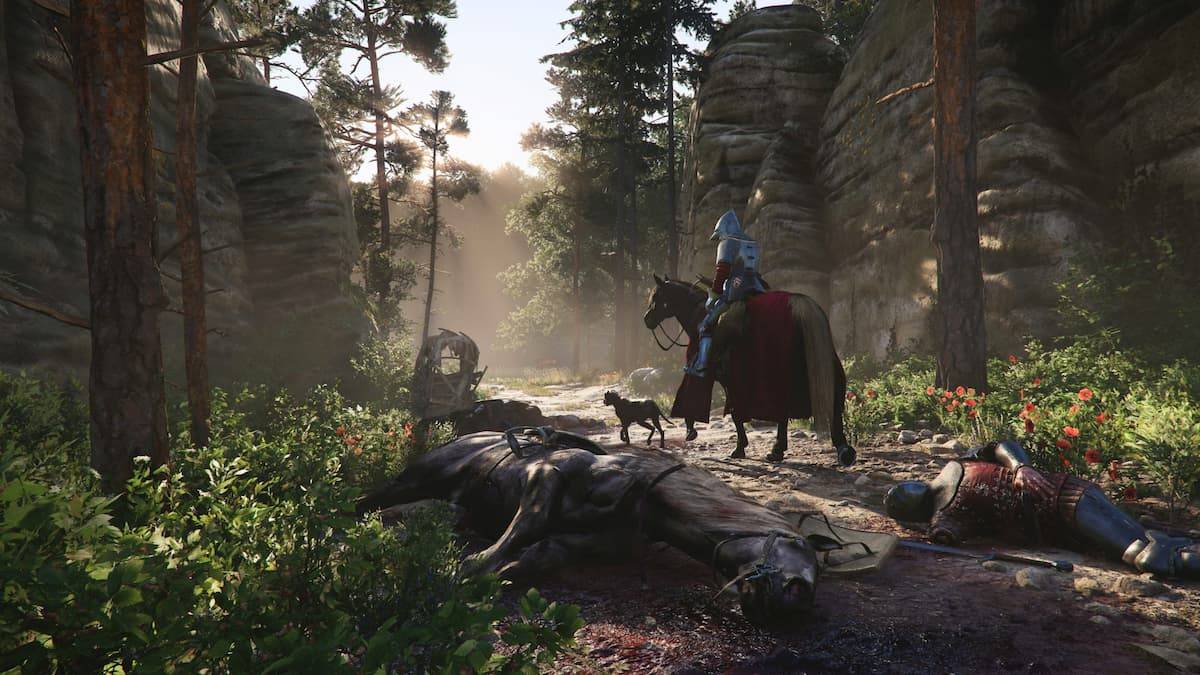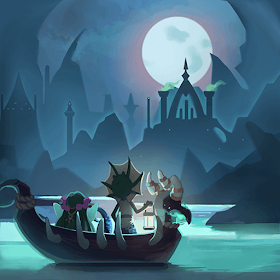The *Silent Hill* series distinguishes itself from other survival horror games by delving deep into the human psyche, using the town's supernatural elements to manifest personal fears and traumas. This focus on psychological horror, rich with symbolism and intricate narratives, sets it apart in the genre. While the complexity can make it challenging to fully understand, the developers have cleverly integrated clues throughout the games to help players decipher the meanings behind the creatures. This article explores the symbolism of these beings, but be forewarned—spoilers lie ahead.
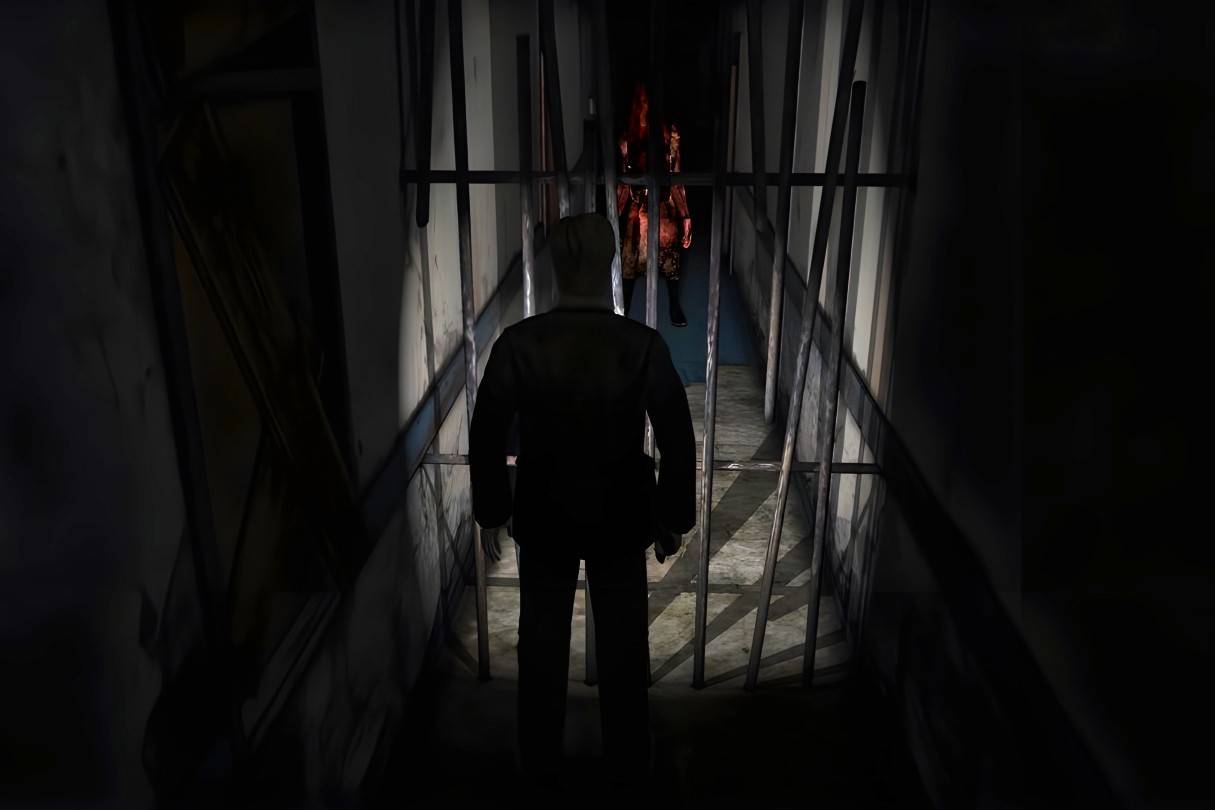 Image: ensigame.com
Image: ensigame.com
Pyramid Head
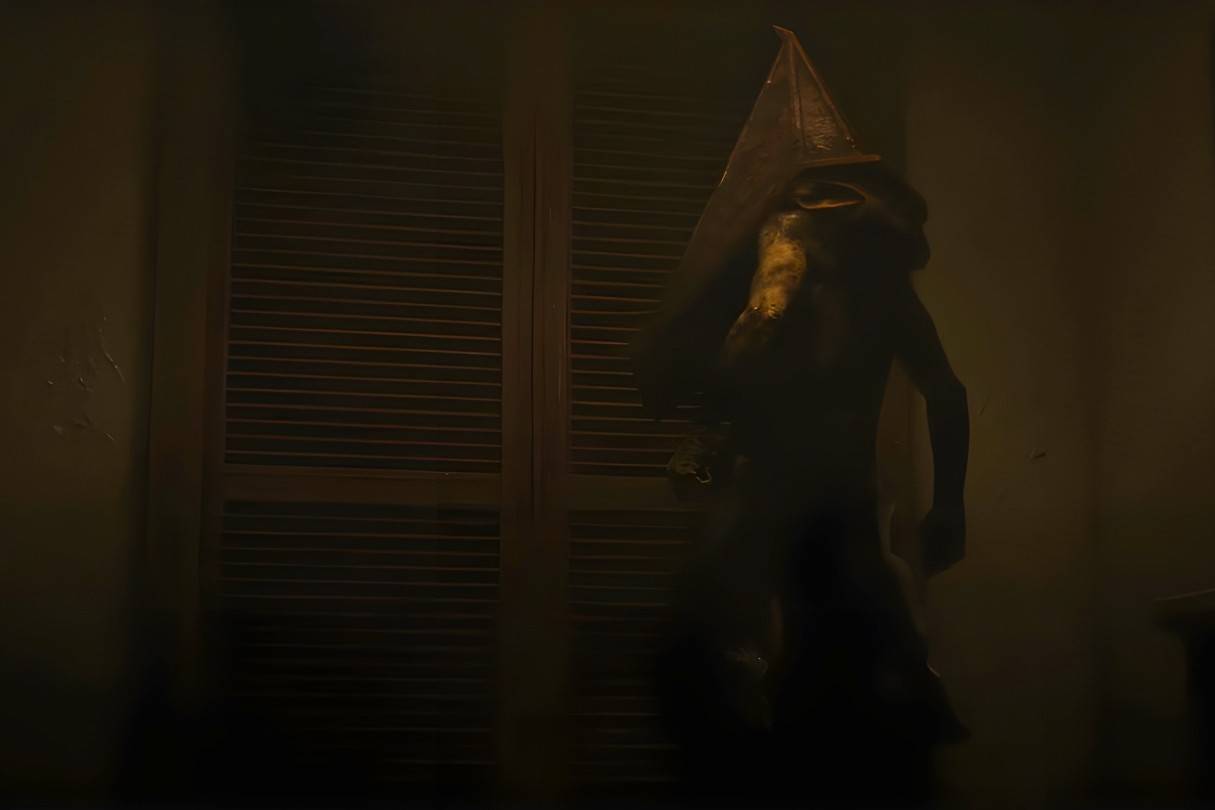 Image: ensigame.com
Image: ensigame.com
Introduced in *Silent Hill 2* (2001), Pyramid Head is a chilling embodiment of protagonist James Sunderland's guilt and inner torment. The character's design, crafted by Masahiro Ito, was shaped by the PS2's hardware constraints, resulting in a reduced polygon count yet retaining expressive movement. Takayoshi Sato described Pyramid Head as a "distorted memory of the executioners," linking it to Silent Hill's grim history of capital punishment. This creature not only punishes James but also mirrors his subconscious desire for retribution.
Mannequin
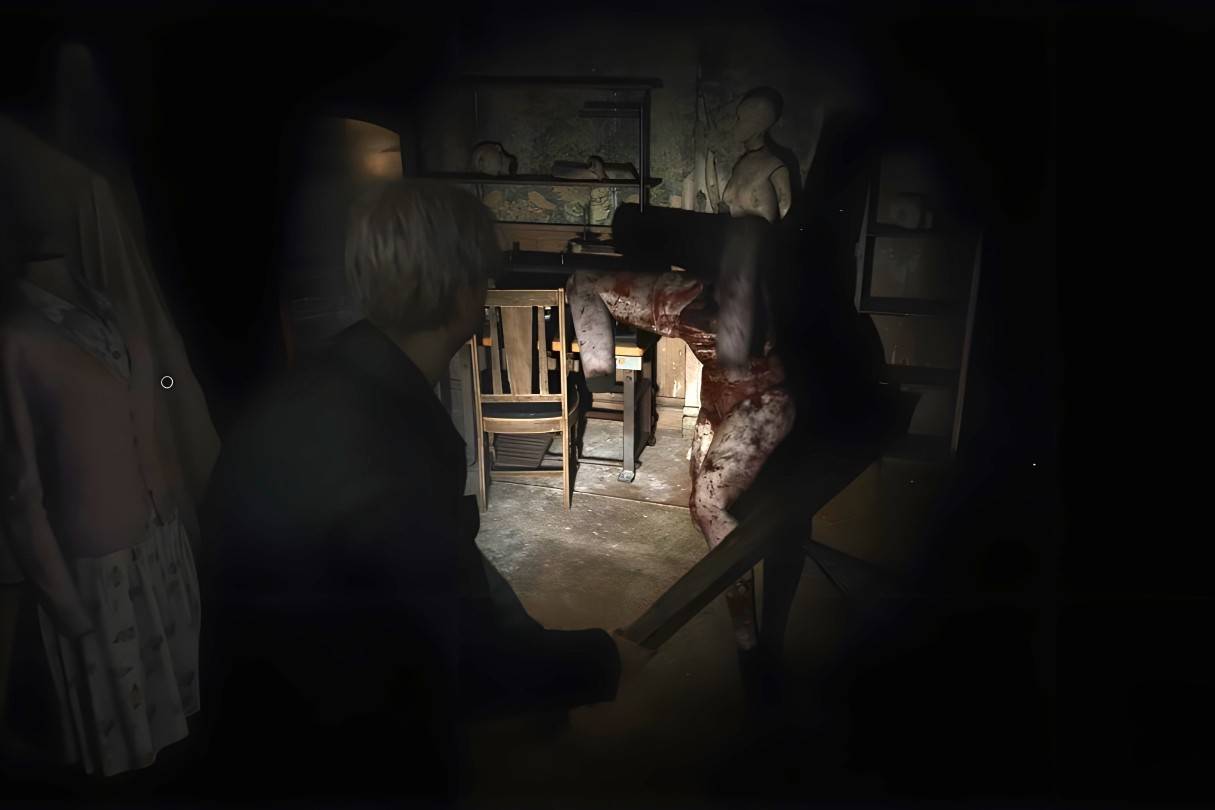 Image: ensigame.com
Image: ensigame.com
Also from *Silent Hill 2*, the Mannequins represent one of nine manifestations of James Sunderland's subconscious, symbolized by the nine red squares. Designed by Masahiro Ito and inspired by Japanese folklore, these creatures reflect James's repressed memories of his wife's illness. Their leg braces and tubes evoke hospital imagery, while embodying James's urges and guilt through Freudian psychoanalysis.
Flesh Lip
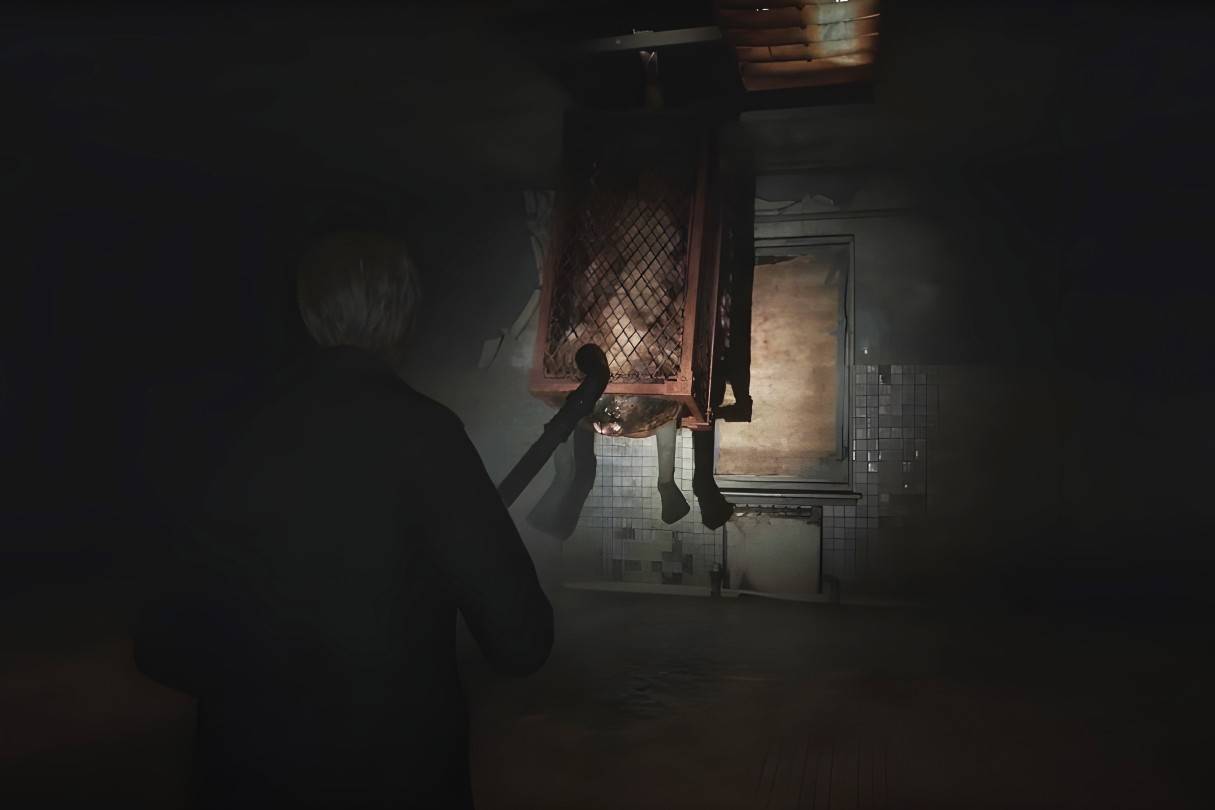 Image: ensigame.com
Image: ensigame.com
Debuting in *Silent Hill 2*, Flesh Lip is a manifestation of James's subconscious, drawing inspiration from Isamu Noguchi's *Death (Lynched Figure)* and Joel-Peter Witkin's *Man with No Legs*. Its appearance in later titles like *Silent Hill: Book of Memories* (2012) underscores its significance. The creature symbolizes James's memories of Mary's suffering in her sickbed, with its raw flesh and hanging form reminiscent of a hospital bed. The abdominal mouth signifies Mary's verbal abuse, and its introduction marks a shift towards confronting painful memories.
Lying Figure
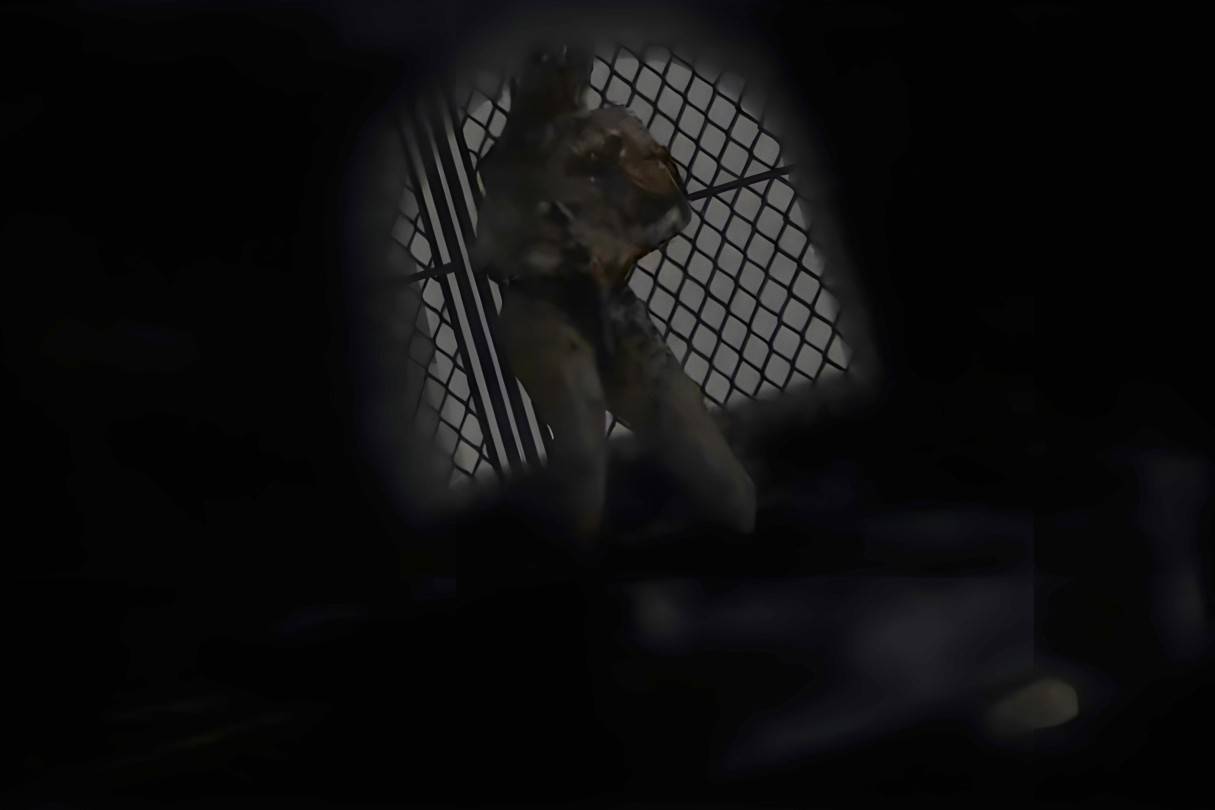 Image: ensigame.com
Image: ensigame.com
The first creature James encounters in *Silent Hill 2*, Lying Figures symbolize his repressed guilt and memories of Mary's suffering. Their twisted bodies resemble hospital patients in agony, while their upper torsos evoke body bags, symbolizing death. The name "Lying Figure" reflects both Mary's sickbed and her corpse, appearing in various media adaptations.
Valtiel
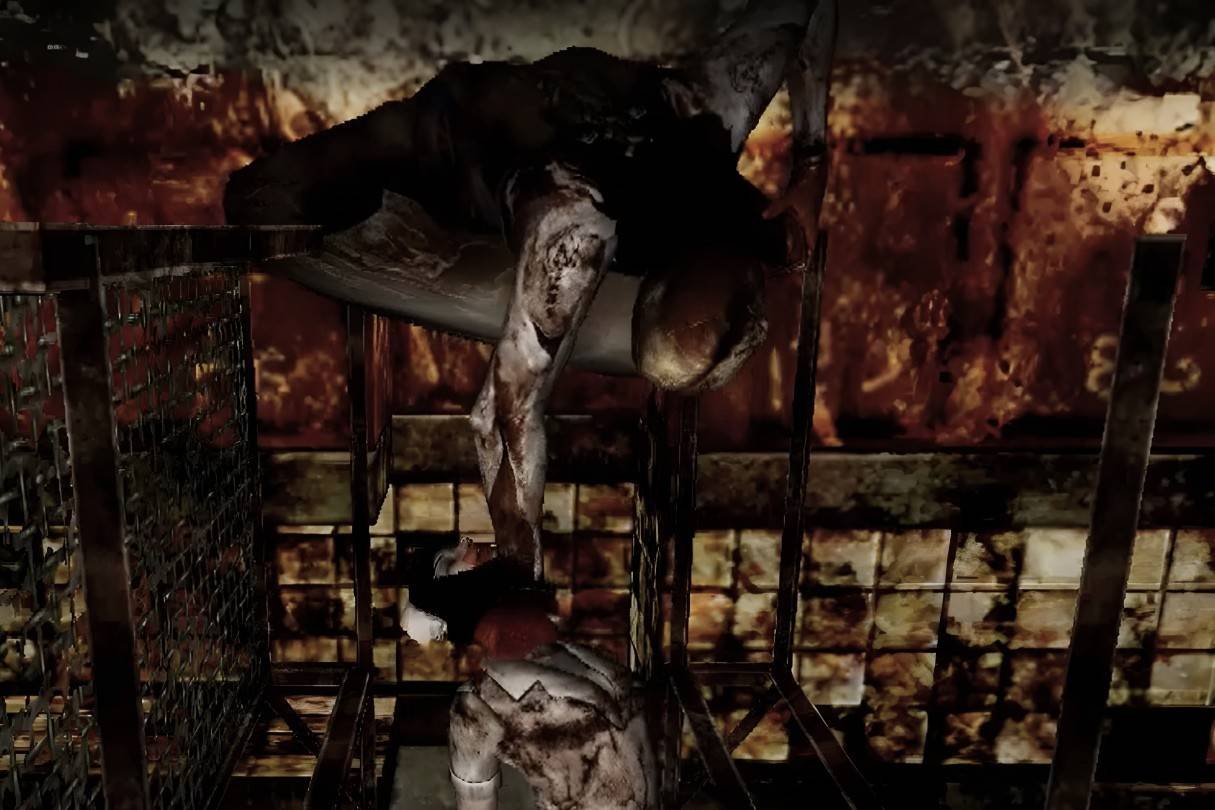 Image: ensigame.com
Image: ensigame.com
Introduced in *Silent Hill 3* (2003), Valtiel is a unique figure tied to the Order cult, not a subconscious manifestation but an independent being serving God. His name, a blend of "valet" and the angelic suffix "-el," suggests an "Attendant of God." His surgeon-like appearance reinforces his role in overseeing Heather's transformation into the "mother" of God.
Mandarin
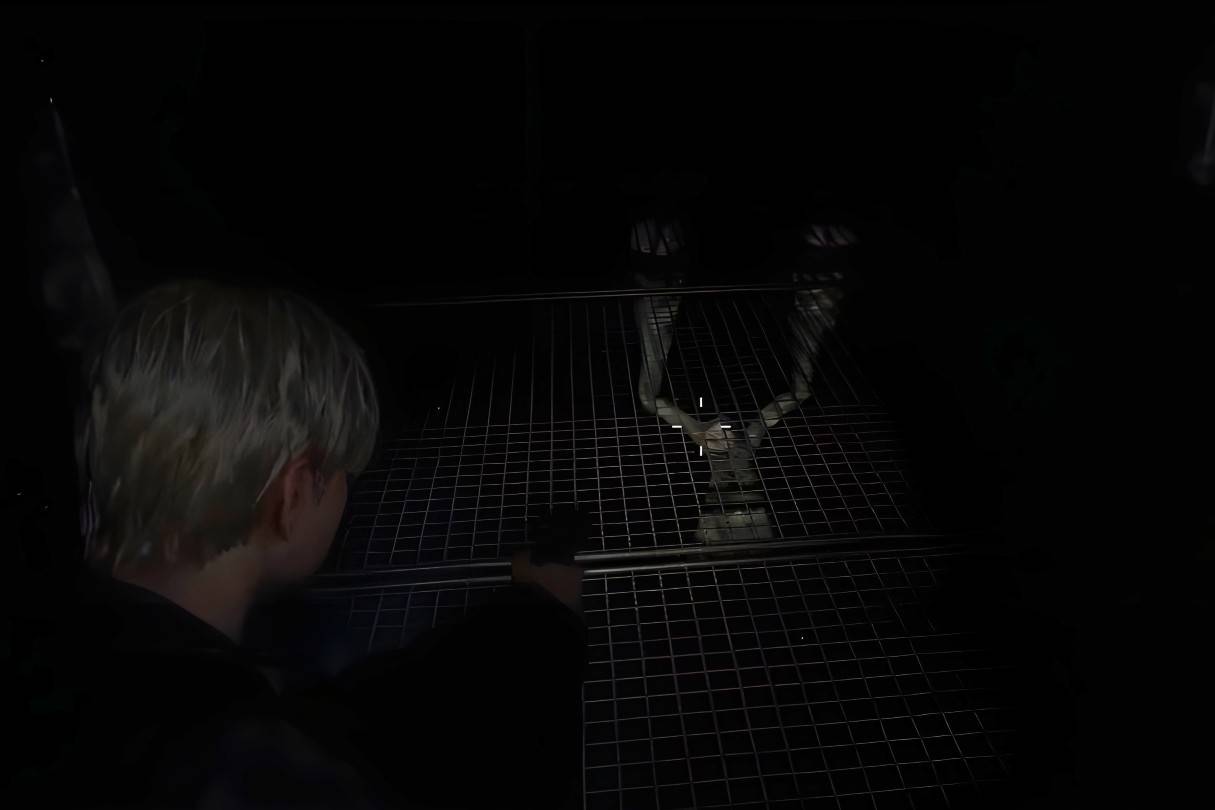 Image: ensigame.com
Image: ensigame.com
Appearing in *Silent Hill 2*, Mandarins are grotesque creatures embodying James's anguish and memories of Mary's suffering. Suspended beneath metal grates, they attack with tentacle-like appendages. Their orifice-like mouths align with the game's recurring "mouth" motif, symbolizing Mary's inner turmoil and anger, while their underground confinement reflects James's desire to escape his guilt.
Glutton
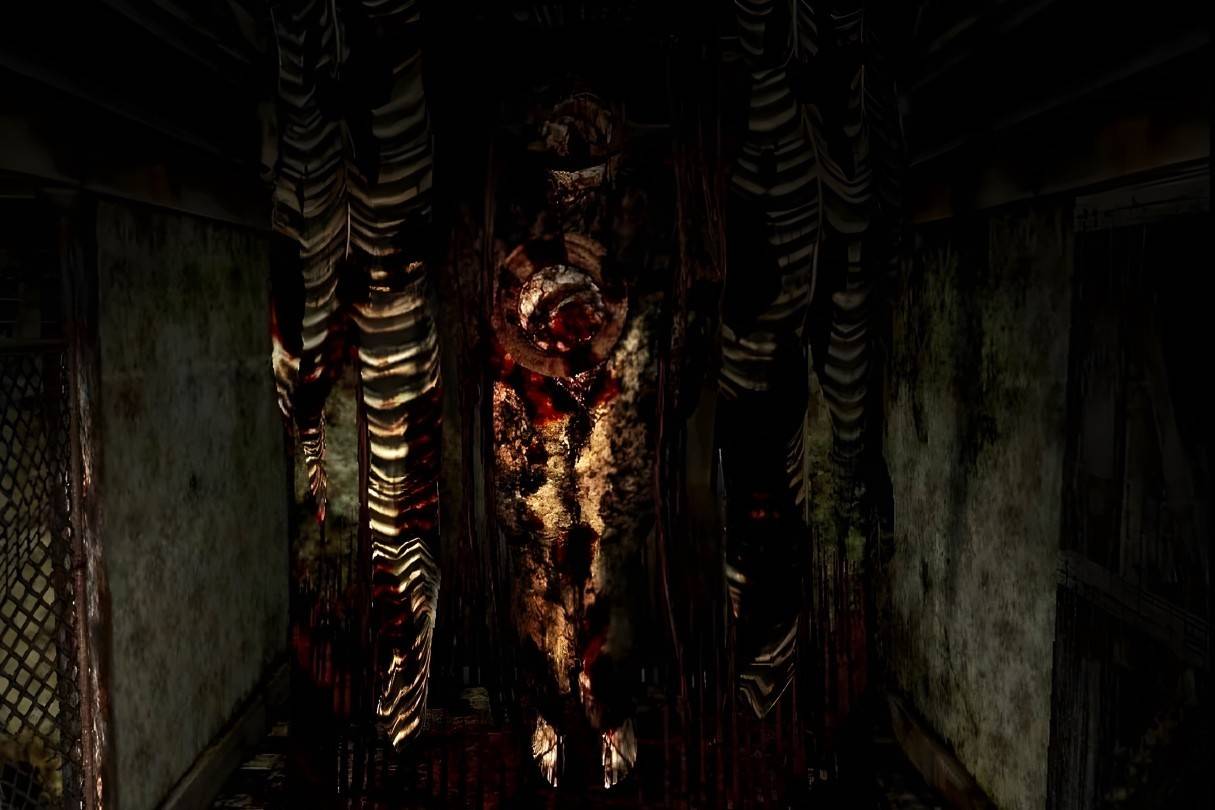 Image: ensigame.com
Image: ensigame.com
The Glutton, featured in *Silent Hill 3*, symbolizes helplessness against fate. A massive, immobile obstacle in the Otherworld Hilltop Center, it parallels Heather Mason's struggle and the fairytale *Tu Fui, Ego Eris*, where a monster devours those trying to escape. The creature's link to the resurrected priestess in the tale mirrors Heather's role as Alessa Gillespie's reincarnation.
Closer
 Image: ensigame.com
Image: ensigame.com
The Closer, introduced in *Silent Hill 3*, is the first monster Heather encounters outside her dream. Its towering, menacing form, with stitched arms and twitching lips, attacks with hidden blade-like protrusions. Named for its ability to block paths, it adds to the game's atmosphere of inescapable horror.
Insane Cancer
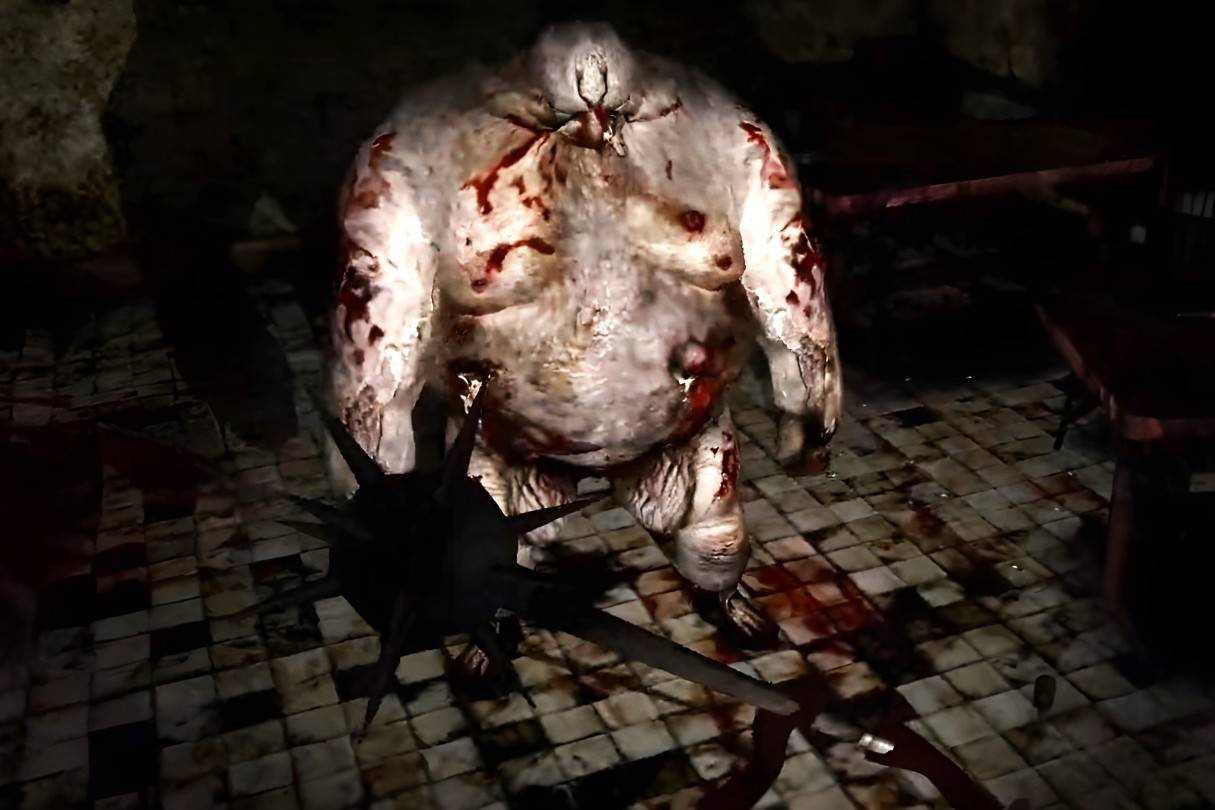 Image: ensigame.com
Image: ensigame.com
First appearing in *Silent Hill 3*, Insane Cancer reflects disease and corruption. Its tumor-like form symbolizes Silent Hill's spreading evil or Alessa Gillespie's self-loathing, seeing herself as an inescapable "cancer." Its deceptive mimicry of death mirrors Alessa's condition—thought dead but kept alive against her will.
Grey Children
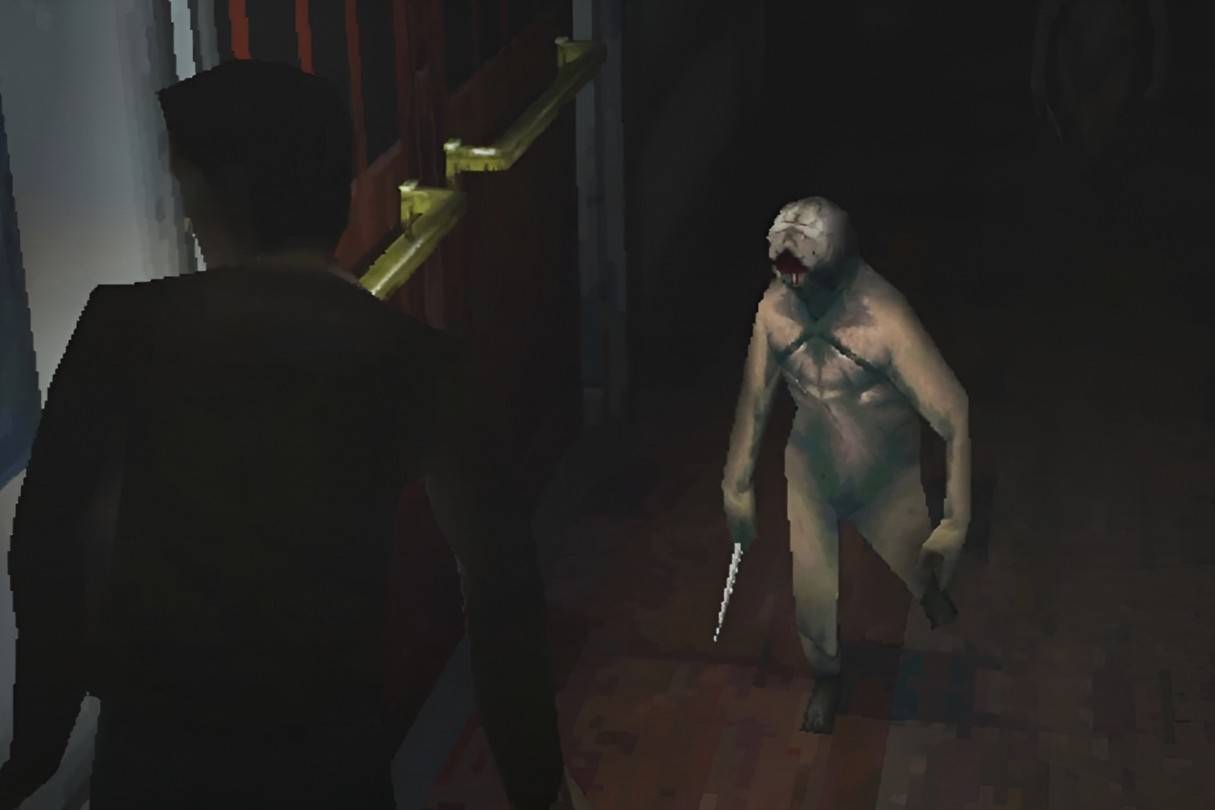 Image: ensigame.com
Image: ensigame.com
The Grey Children, or Demon Children, debut in *Silent Hill* (1999), embodying Alessa Gillespie's trauma. They represent her classmates who bullied her, trapped in an eternal childhood and burning from within as a reflection of her pain and revenge.
Mumblers
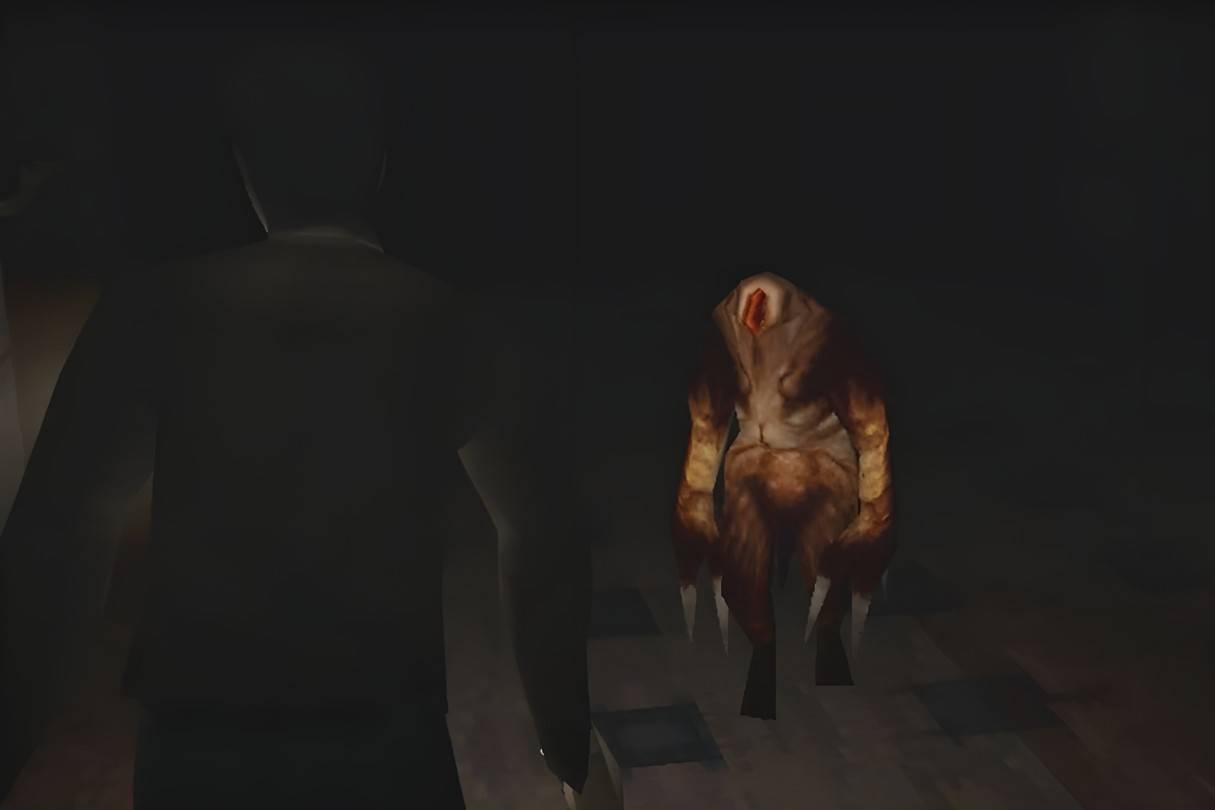 Image: ensigame.com
Image: ensigame.com
Introduced in *Silent Hill* (1999), Mumblers reflect Alessa's fears and distorted imagination, inspired by menacing animals and demons from fairy tales she read as a child. Their aggressive reaction to light and eerie growls add to the game's unsettling atmosphere.
Twin Victims
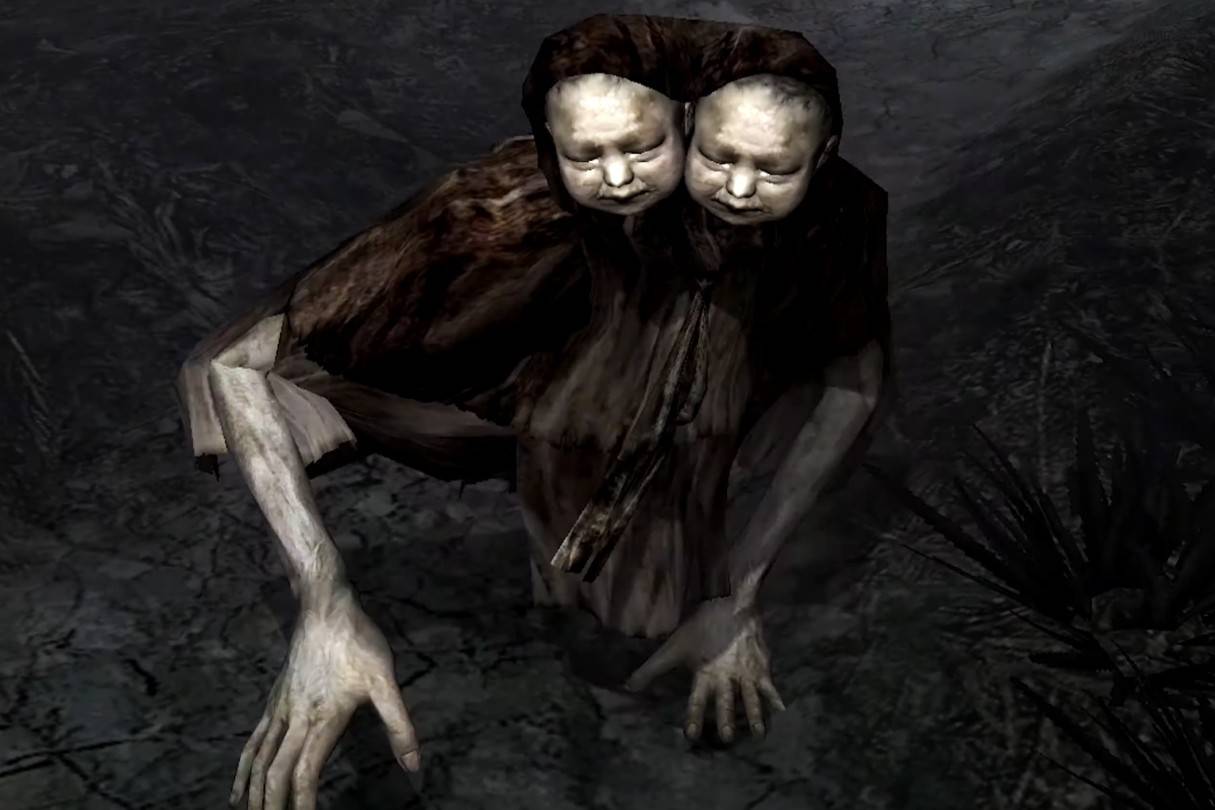 Image: ensigame.com
Image: ensigame.com
Known as Doublehead in *Silent Hill 4: The Room*, Twin Victims represent Walter Sullivan's seventh and eighth victims, twins Billy and Miriam Locane. Their conjoined nature symbolizes Walter's obsessive attachment to his mother, reflecting the game's theme of distorted familial bonds.
Butcher
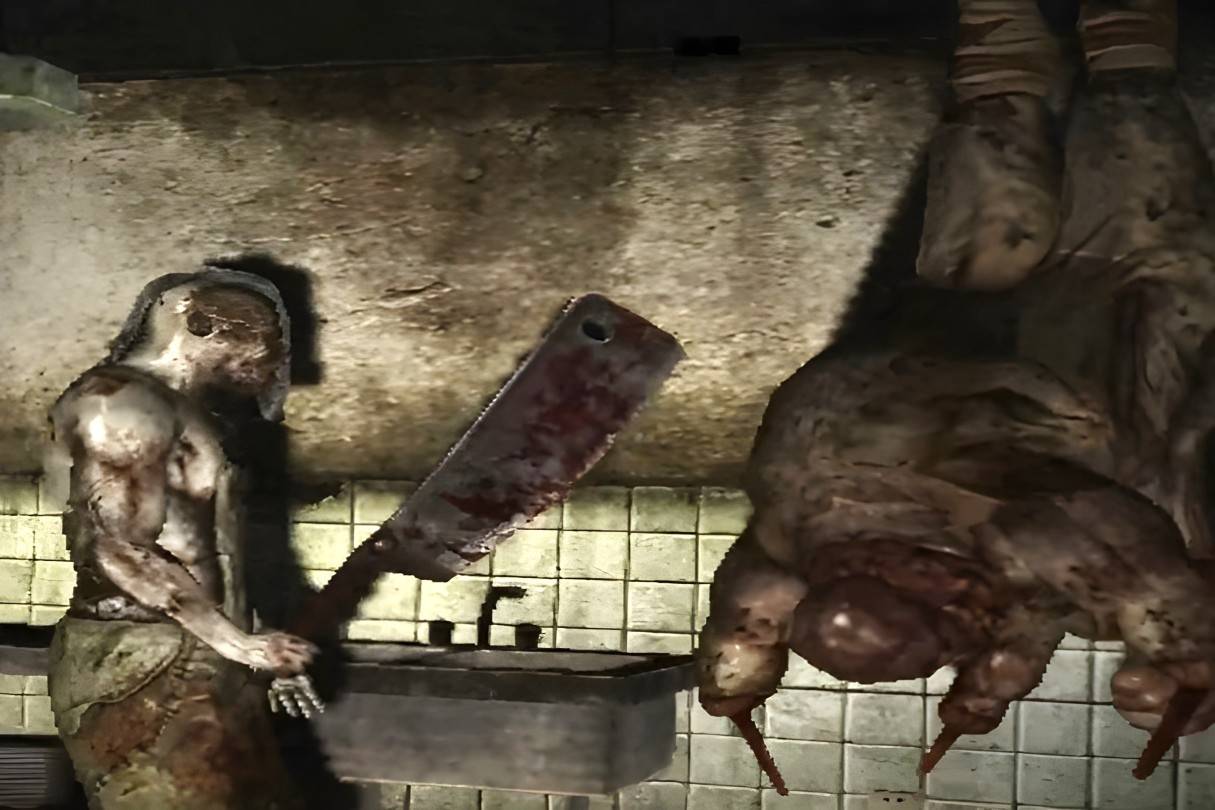 Image: ensigame.com
Image: ensigame.com
A major antagonist in *Silent Hill: Origins*, the Butcher embodies cruelty and sacrifice, reflecting the Order's brutal rituals and Travis Grady's inner rage. His emotionless slaughter mirrors Travis's potential for violence, hinting at a split personality and repressed anger tied to personal fears.
Caliban
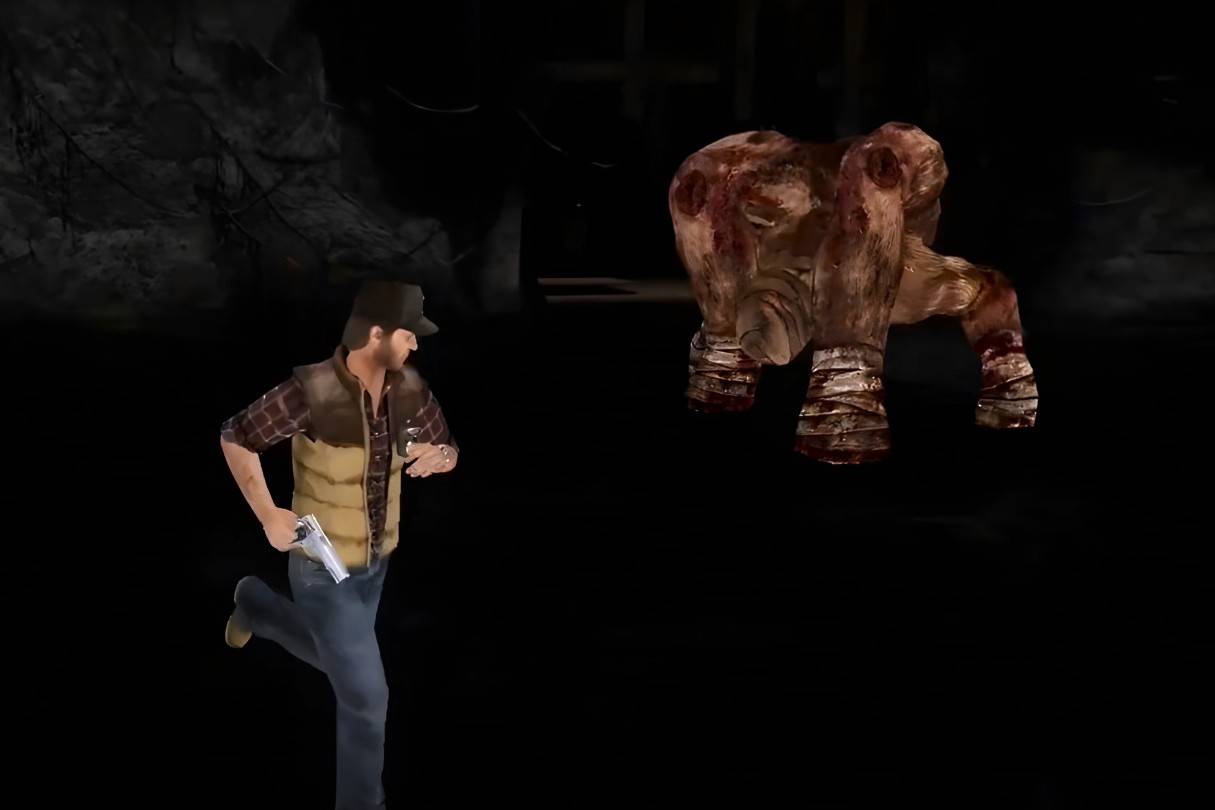 Image: ensigame.com
Image: ensigame.com
Featured in *Silent Hill: Origins*, Caliban is named after the monstrous figure from Shakespeare's *The Tempest*. Its presence symbolizes Alessa's fears, particularly her fear of dogs, shaping the Otherworld's horrors. An audio flashback reinforces the connection with Caliban's famous monologue.
Bubble Head Nurse
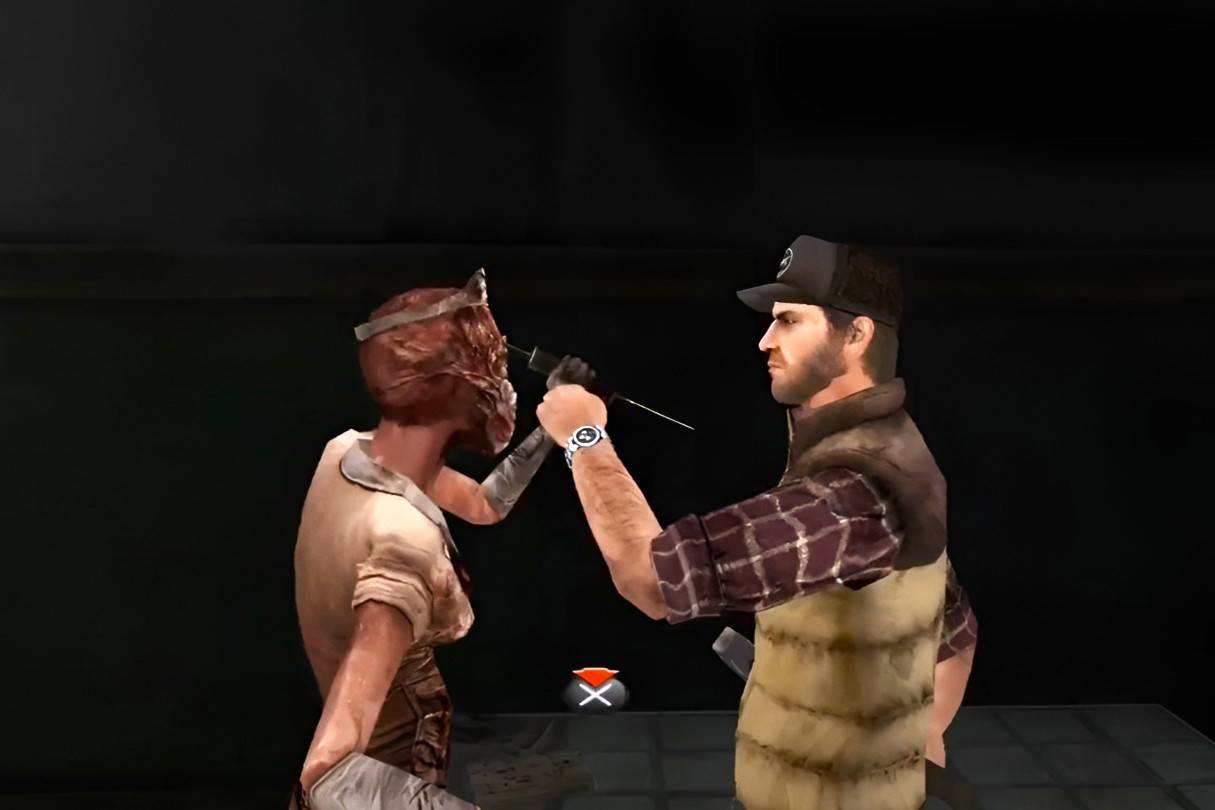 Image: ensigame.com
Image: ensigame.com
The Bubble Head Nurse in *Silent Hill 2* embodies James Sunderland's guilt and repressed desires. Their swollen, twitching heads and liquid-filled masks represent Mary's illness and suffocation, while baby-like facial features allude to James and Mary's lost dreams of having a child. The red squares over their mouths reflect Mary's anger and verbal abuse, with a late-game variant adding to the distorted reflection of her suffering.
The creatures of Silent Hill are more than mere enemies; they are psychological manifestations of fear, guilt, trauma, and repressed emotions. Each monster carries unique symbolism, deeply connected to the protagonist's subconscious struggles and the town's dark influence. From James Sunderland's guilt-driven hallucinations to Alessa Gillespie's nightmarish creations, these beings reflect personal suffering and psychological torment. Their haunting presence reinforces the series' signature blend of psychological horror, making *Silent Hill* a masterpiece of unsettling storytelling and deep symbolism.

